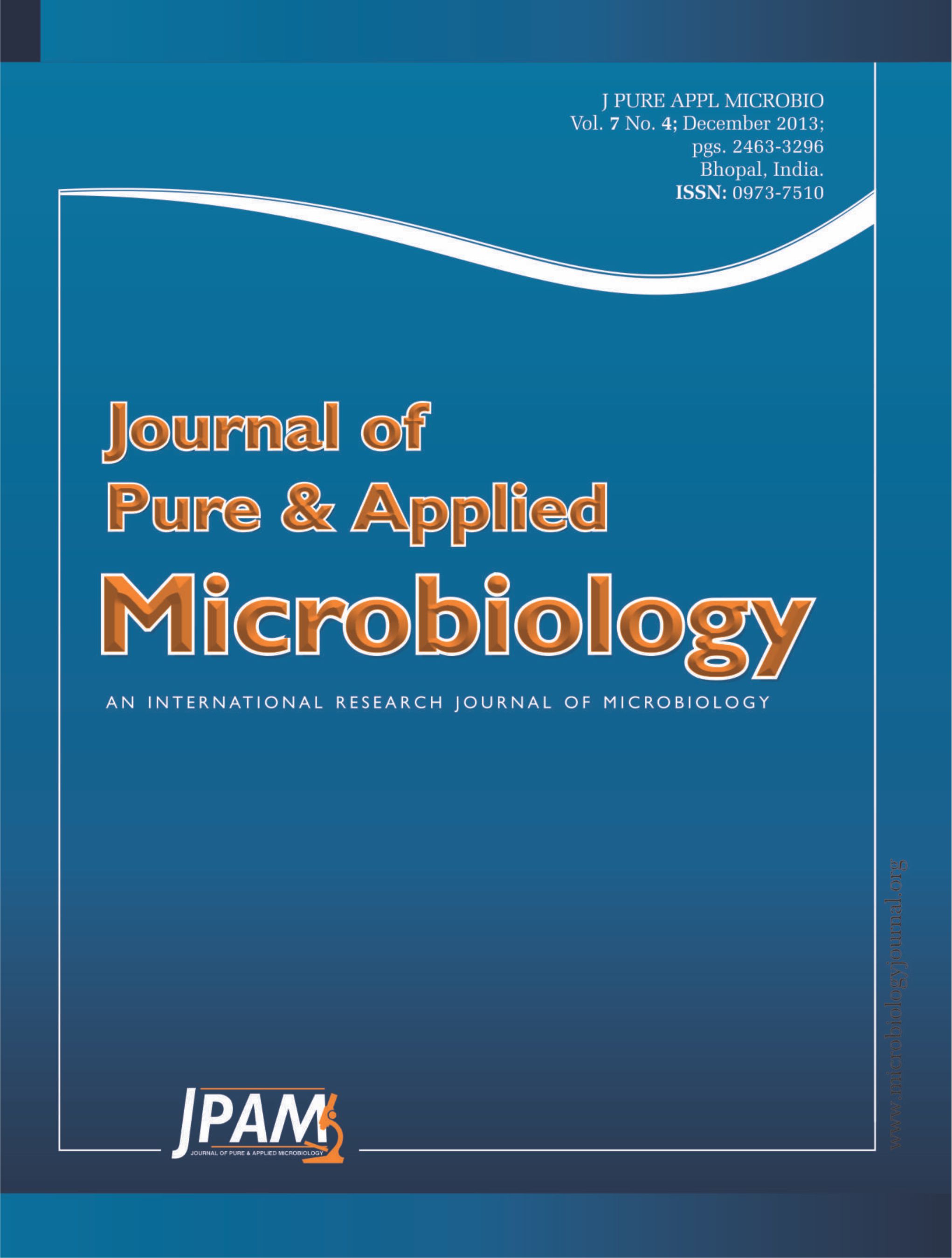Research experiments were conducted to resolve the physiological and biochemical basis of the effect of nitrogen (N) sulphur (S) and Rhizobium application on summer Arachis hypogaea L. Six treatments were applied in different N and S combination. Nitrate reductase (NR) activity and ATP-sulphurylase activity in the leaves were determined at various phonological stages, as the two enzymes catalyze rate-limiting steps of the assimilatory pathways of nitrate and sulphate, respectively. The highest NR activity, ATP-sulphurylase activity and yield component were achieved with the treatment T4. Slightly differences from this treatment decreased the activity of these enzymes, resulting in decreases of the seed yield in Arachis hypogaea L. The maximum seed yield achieved in Arachis hypogaea L. at treatment T4 could be due to optimization of leaf soluble protein and photosynthetic rate, as these factors are influenced by S and N assimilation.
ATP-sulphurylase, nitrate reductase, nitrogen, Rhizobium,sulphur
© The Author(s) 2013. Open Access. This article is distributed under the terms of the Creative Commons Attribution 4.0 International License which permits unrestricted use, sharing, distribution, and reproduction in any medium, provided you give appropriate credit to the original author(s) and the source, provide a link to the Creative Commons license, and indicate if changes were made.


